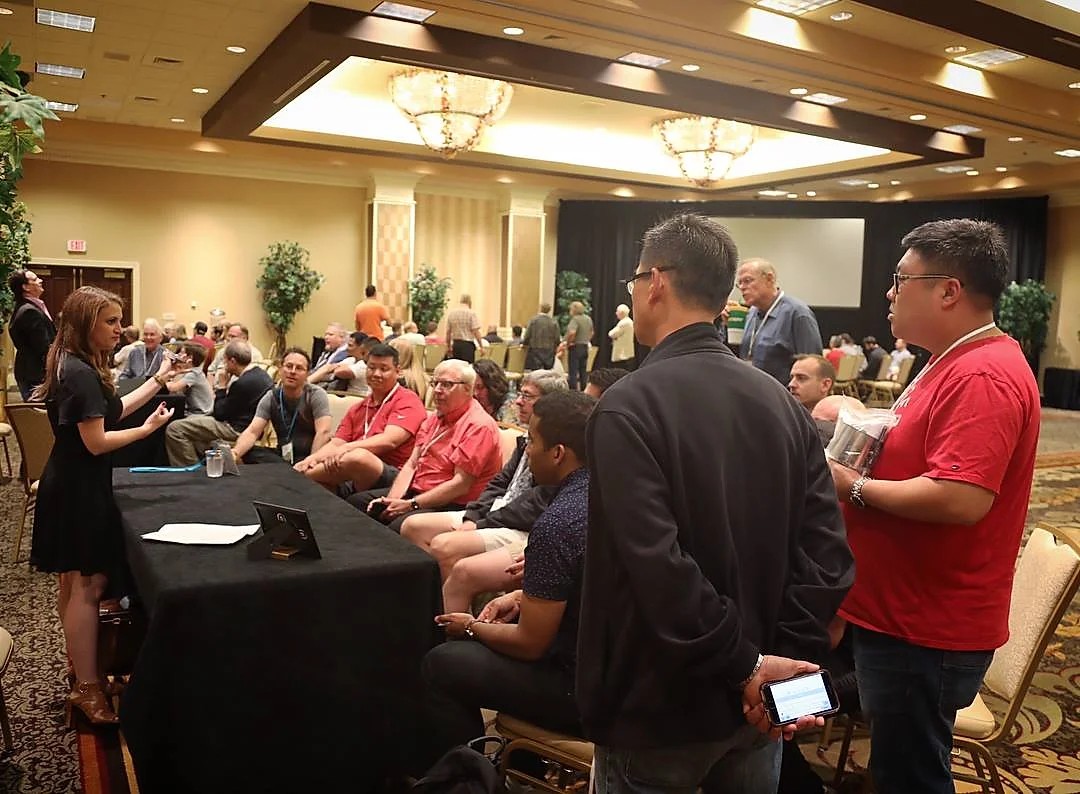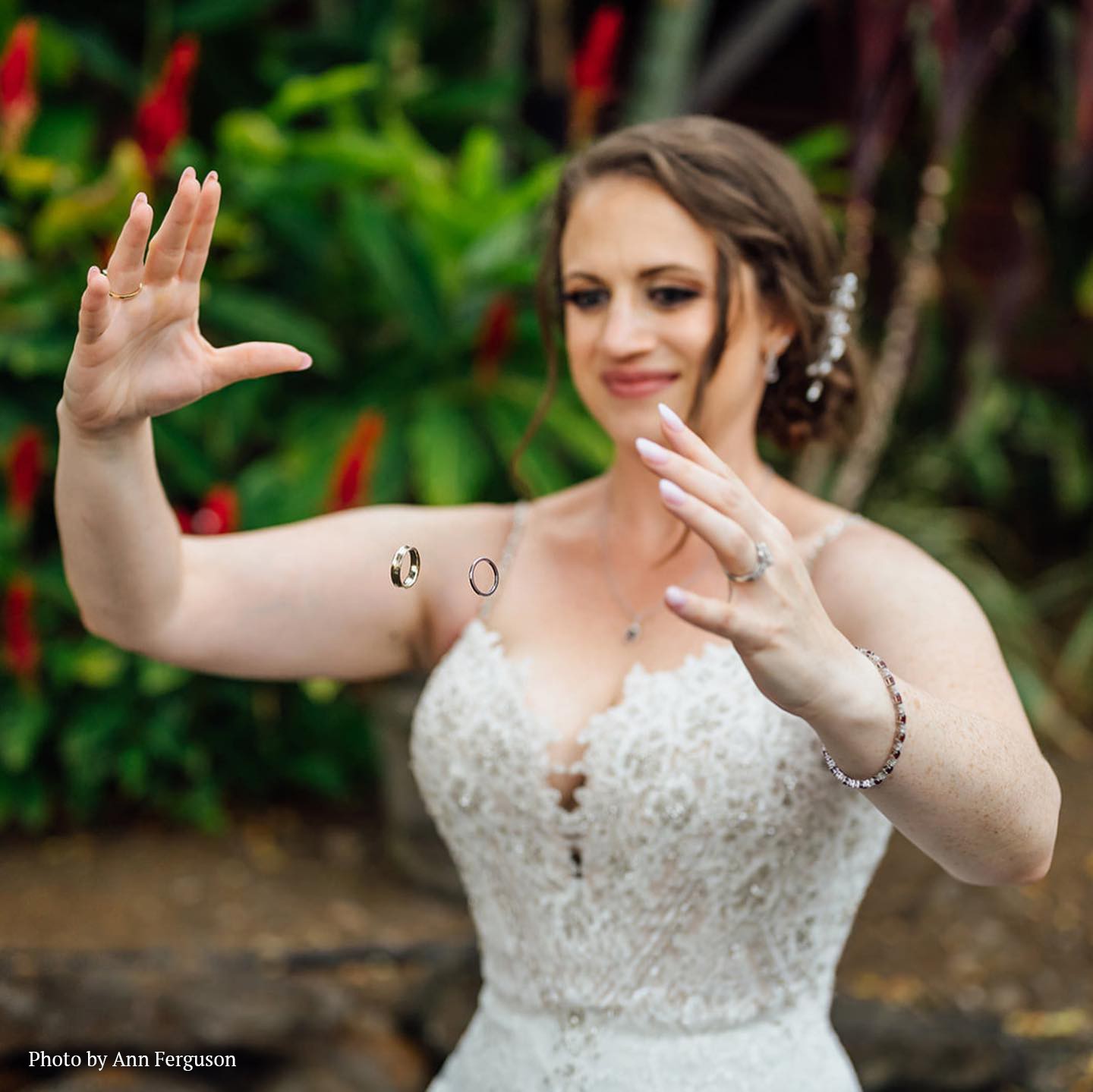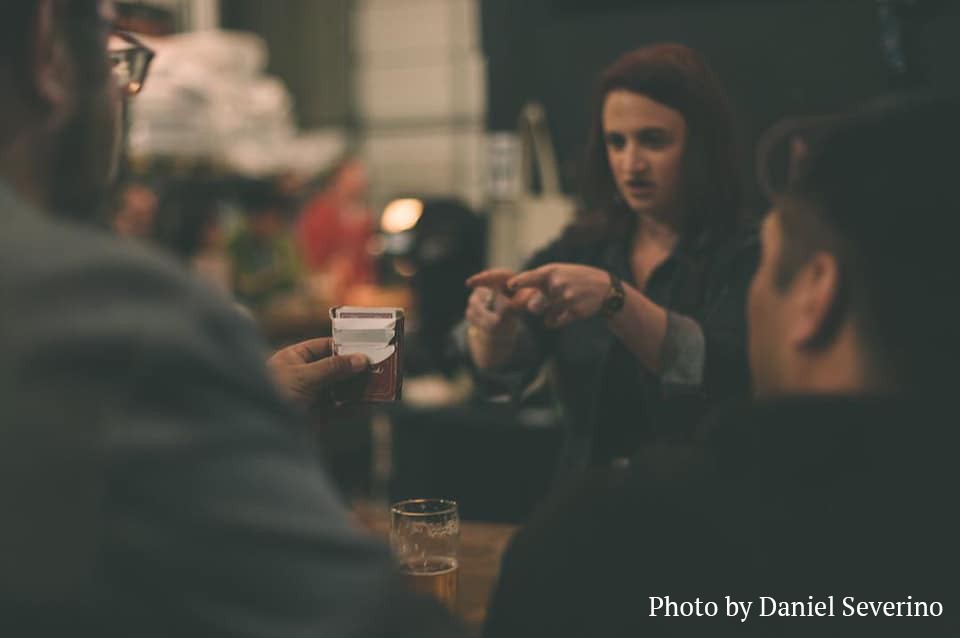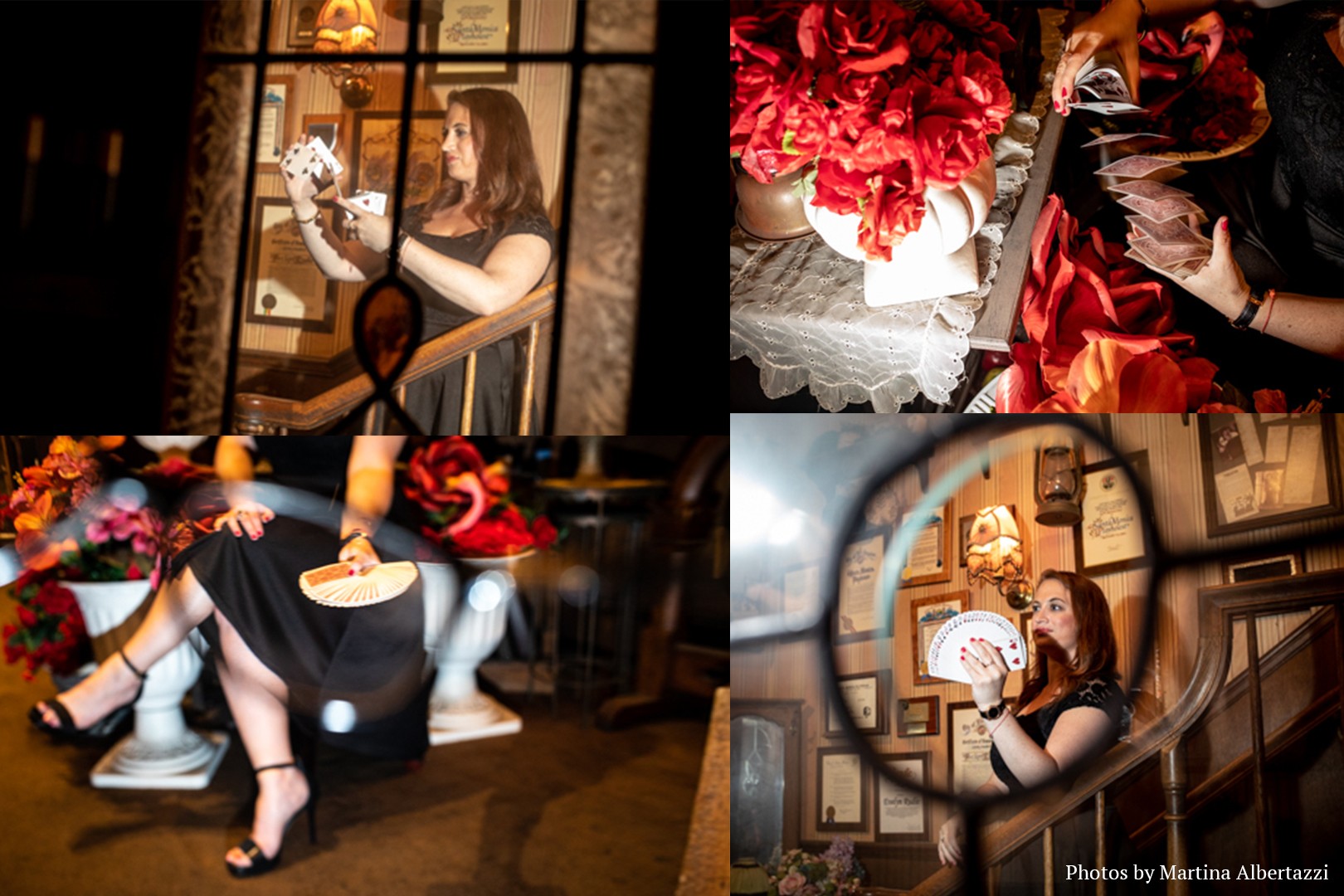We were lucky to catch up with Lauren Cohen recently and have shared our conversation below.
Lauren, thanks for taking the time to share your stories with us today When did you first know you wanted to pursue a creative/artistic path professionally?
I’ve never known what it meant to not be creative.
A story I like to share is the time I was four years old and on a plane going from Mexico to California. The pilot announced on the loudspeaker that it was whale season, so first person who spotted a whale would receive a prize. Without a second thought, I took the clean vomit bag out from the seat back pocket in front of me, drew a whale, pushed the button to alert the flight attendant, and announced that I spotted a whale. The flight crew didn’t really know what to do for my prize, so they ended up taking a pillow case and filling it with bags of peanuts.
And that’s just an example of how my mind has always worked. Creative solutions have always come naturally to me, and when people have told me that I need to stay within certain perimeters of a box, I smile and say, “Okay, then I’ll make the box bigger.”

Awesome – so before we get into the rest of our questions, can you briefly introduce yourself to our readers.
I have two careers: both of which are in the arts.
The first career I have is my full time role of being a Social Media and Creative Design Manager at a Fortune 500 Company. Working on the Talent Acquisition team, I have ownership over building, creating, managing, and posting organic content for the Instagram, TikTok, and LinkedIn Social Media channels. I also document, analyze, and report metrics to develop optimization plans in regards to followers and engagement both internally and externally. I partner closely with key stakeholders including Marketing, Corporate Social Responsibility, Internal Communications, Legal, and Public Relations to ensure that we’re all on the same page as far as strategy, messaging, and voice goes. I build out creative strategy on a national search level, and I implement plans to ensure talent programs align with the company’s external marketing efforts to deliver the talent brand to potential recruits. I also create, design, and optimize graphics, photos, and videos that highlight the company’s talent brand & culture, and work closely with other HR employees for their creative needs. I showcase why the company I work for is an employer of choice, which isn’t hard to do when I personally believe that it is.
In addition to my full time career, I’m also a Professional Close-up Magician, which includes both strolling and formal shows! People often ask me, “Why closeup magic? There are so many other types of magic, so what’s so special about closeup?” Closeup magic involves interacting intimately with people, and since each person is so unique, I never know how he/she/they will react to something. Even if I perform the same set of tricks 200 times in a row to different groups of people, no two performances are the same – people, environments, and moods all differ from performance to performance… and I love that. People fascinate me, and I cherish having moments with people where I learn just a little bit more about them. Surface-level relationships are hard for me; I crave connection. In terms of props, there’s also something really beautiful about making magic with simple, everyday objects: cards, coins, rubber bands, borrowed items, etc. Magic is about making the impossible happen, and when people are familiar with objects, and then something unique and impossible happens, it warps whatever information they have in their brain for how something is “supposed to work.” I enjoy helping people think differently.
Something that sets me apart from other magicians is that I’m on the side of the spectators. It’s not me vs. them, but rather, it’s me with them. I don’t perform to be the center of attention and have the spotlight on myself, but rather I choose to take on the responsibility of being the facilitator who sets up the conditions for others to experience their own magical moments. I perform magic because I LOVE giving others new and impossible moments. We experience the magic together and share so much laughter and fun along the way. I receive hugs, high-fives, and fist bumps every time I perform. Those moments, connections, and feelings are a few of the reasons of why I do what I do and absolutely love closeup magic.
And in case you’re wondering what the heck “strolling magic” is or what the difference is between “strolling” and “formal shows,” here’s your answer: Strolling is the most popular and versatile option, as strolling lets me entertain a large group of people without a stage. This type of magic is ideal for cocktail parties, corporate events, private functions, and breaking the ice. Strolling entails elegant sleight-of-hand magic using everyday objects such as cards, coins, money, and borrowed items. I mingle around the room and entertain small groups so the host doesn’t have to. Formal performances have a stage setting that also involves elegant sleight-of-hand and are where I custom design a formal close-up show between 10-40 minutes. Formal shows are most ideal for intimate gatherings with audiences between 1-30 people and work great in private homes, offices, or small get-togethers.


Looking back, are there any resources you wish you knew about earlier in your creative journey?
YES! I started being interested in magic at a young age, and had all of the magic kits I could find, and was even enrolled in a magic class after school. Once the classes were done, I didn’t know where to look to learn more. I didn’t know magic books or VHS tapes that taught magic tricks even existed. When I tell that to magic friends now, they ask why I didn’t check out my public library or school library? If you don’t know something exists, you don’t think to look for it. Like if you’ve grown up your whole life only knowing vanilla ice cream, chances are, you don’t walk into a store or restaurant and ask for any other flavor, because that one flavor is the only thing you know. Nowadays, we have the internet at our finger tips, and there’s typically always a resource for something, which is really great, but again, if you don’t know something exists, you may not know to look for it.
Had I known that magic books and videos existed when I was a kid, I might’ve stayed in magic versus leaving and then coming back as an adult. Or I would’ve stayed until I was burnt out, and then left. Who knows? It definitely would’ve been nice to have been able to make the decisions on my own instead of not knowing there were other resources for me to learn more.
I also wished I had known about the Juniors program at the Academy of Magical Arts at the Magic Castle. I’ve now been a magician member for the last 9.5 years, and I’ve seen what amazing work the Juniors program provides for kids ages 13-20. I visited the Magic Castle once as a kid, but still had no idea that the amazing program existed, but was fascinated by the beautiful Castle and strong magic. Whenever I meet a young kid in Los Angeles who seems interested in magic, I always share about the Juniors program and give them resources where they can learn more magic if they’re interested.


Is there something you think non-creatives will struggle to understand about your journey as a creative?
As creatives, we find inspiration from anywhere and everywhere, and our minds never really stop. We could be trying to fall asleep, and a creative idea comes up. We could be sitting in traffic, and a creative idea comes up. Creativity doesn’t stop when you step away from the creative tools you typically use. So, because of all of that, for non-creatives, it might appear as if creatives aren’t actually working when we really are.
I once worked at a job that had a ping pong table. My creative team and I would take breaks and play, and then we would often get into trouble for playing and not working. From the outside, while it didn’t look like we were working, stepping away from the computers actually were more beneficial than not, and our brains didn’t ever stop thinking creatively. The best way I can illustrate this is by thinking of tabs in your computer browser. A non-creative might have one tab open, and then when they finish it, they close it and open up another tab. Whereas creatives will typically have 15+ tabs open, and will jump from tab to tab referencing each item. One way isn’t better than the other, they’re just different ways of thinking.
The other thing that I think non-creatives struggle to understand about creatives is how skills are transferrable. People used to (and still do) view artistic professions as unrealistic. Thankfully, my grandmother is an artist, so my family has always valued the arts, but I know a lot of people who didn’t grow up with supportive families. People who had families tell them that they needed to pick more practical careers. And even growing up with a family that valued the arts, I still would get reprimanded for spending longer on a report cover or poster than the actual report. The skills I used to create the posters or report covers ended up lending themselves nicely into my careers today.
Non-creatives tend to think very linearly. but there really isn’t a right way and a wrong way to go about life and work. Each person has their unique viewpoint, and a level of understanding would go a long way.



Contact Info:
- Website: www.MagicLauren.com & www.LaurenKwiatek.com
- Instagram: Instagram.com/Explauren_Life
- Facebook: https://www.facebook.com/MagicLauren
- Linkedin: https://www.linkedin.com/in/magiclauren/
- TikTok: @MagicLauren.com
Image Credits
Martina Albertazzi, Daniel Severino, Ann Ferguson


